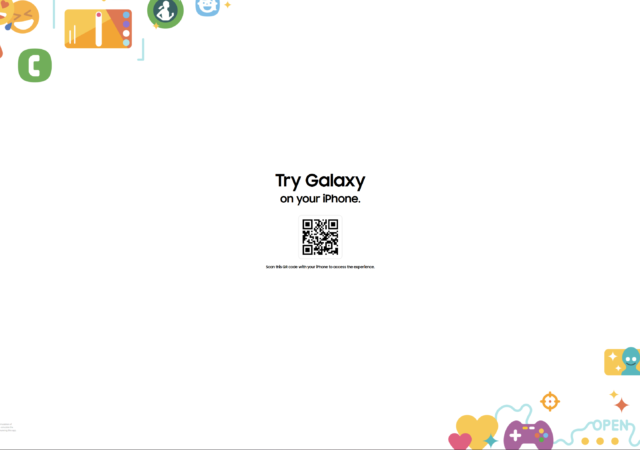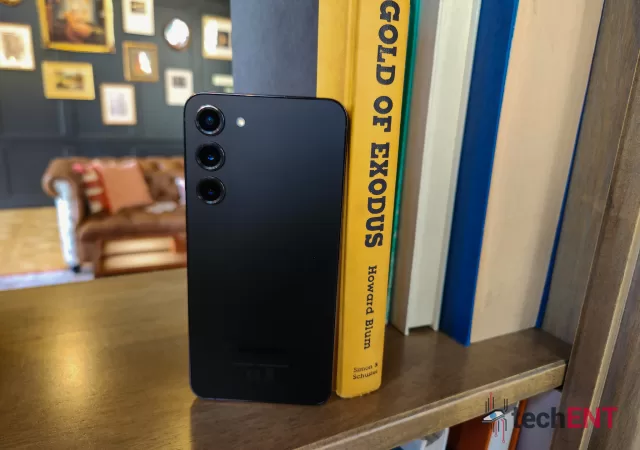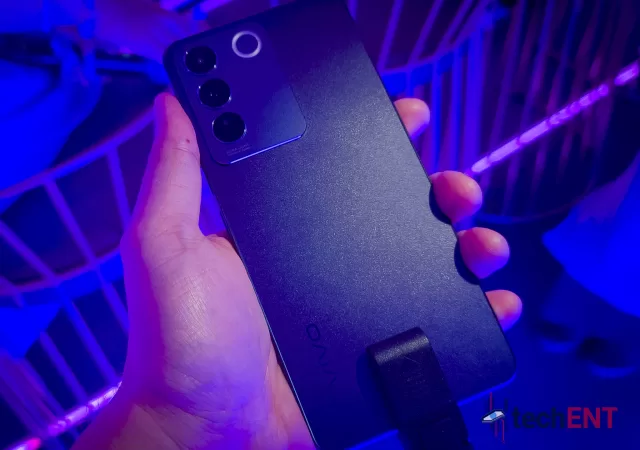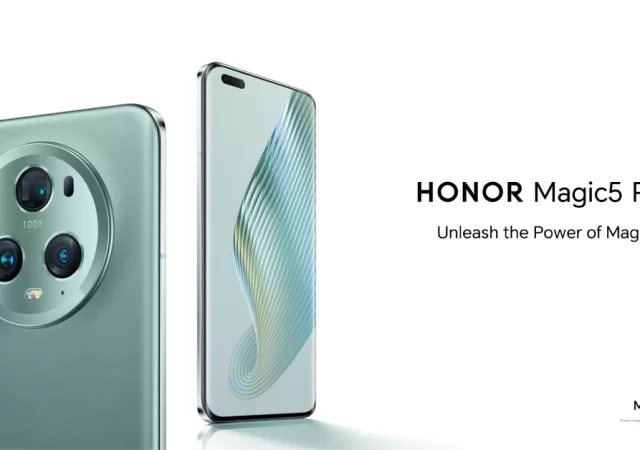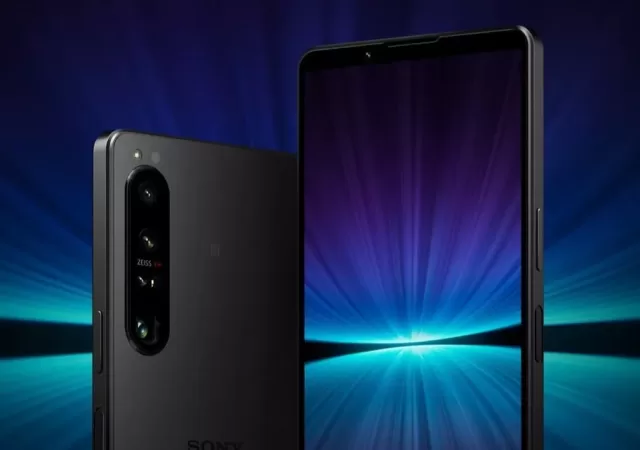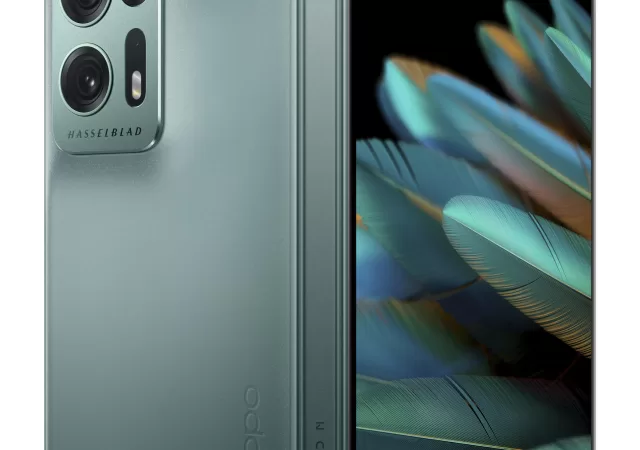Samsung launches a new web app for iPhone users to get a hands-on experience with the Samsung Galaxy S23 directly from their iPhone.
Samsung Galaxy S23+ In-Depth Review: Refinement at Its Best For A Price
Samsung’s latest Goldilocks flagship, the Galaxy S23+, continues to be an addition into what can only be called an iterative formula. But has it done enough to stand out?
The vivo V27e Comes with a Ring Light and Flagship Level 64-Megapixel Camera for Only MYR 1,299
vivo releases the V27e smartphone with 64-Megapixel OIS Ultra-Sensing camera and Aura Light Portrait mode in Malaysia for MYR 1,299.
[MWC 2023] Honor Reveals An All-New “Human-centric” Flagship: The Honor Magic5 Series
Honor unveils its new flagship series: the Magic5 series at MWC 2023. The smartphone is the start of Honor’s journey in making “human-centric” devices.
Sony’s Android 13 roll out for Xperia smartphones begins
Android 13 will be available soon to Sony smartphones according to a leak from Reddit. A post on r/SonyXperia has named at least five flagship Sony devices to be receiving Android 13 thought no dates have been specified. The devices…
OPPO Launches the Find N2 – the Other 2022 Foldable
OPPO launches their latest foldable smartphone, the Find N2 fitted with their brand new Flexion Hinge that is lighter and better than before.
Early Android 13 Developer Previews are Already Showing New Features
Google’s Android 13 Developer Preview is here to share with us some of the things that Google is planning to have in the next Android update.



